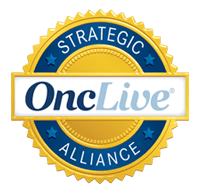
Toby Keith and Stomach Cancer: RCCA Oncologists Discuss the Continued Impact of an Increasingly Uncommon Disease
When country music singer and songwriter Toby Keith died on February 5 at age 62, his passing brought renewed attention to a type of cancer that has become relatively uncommon in recent years.










